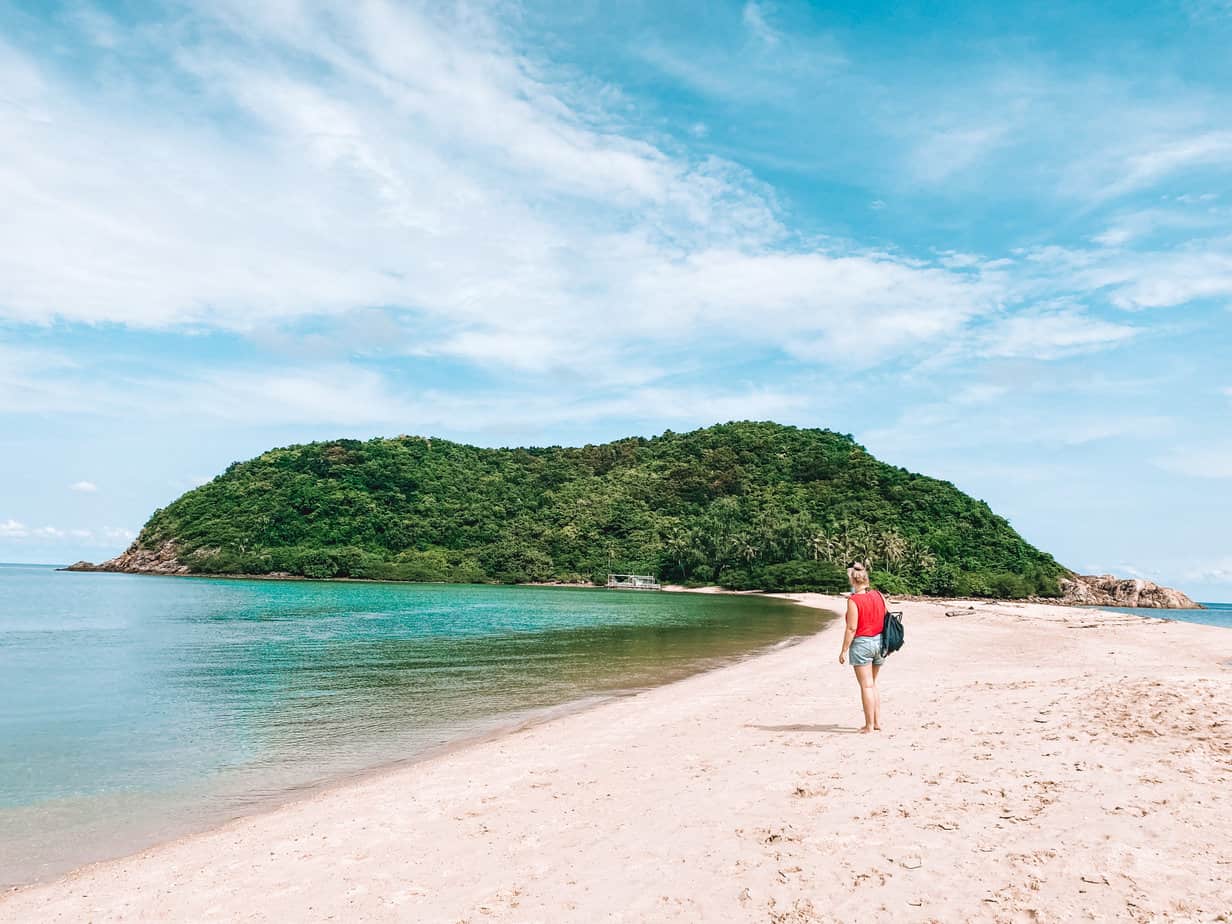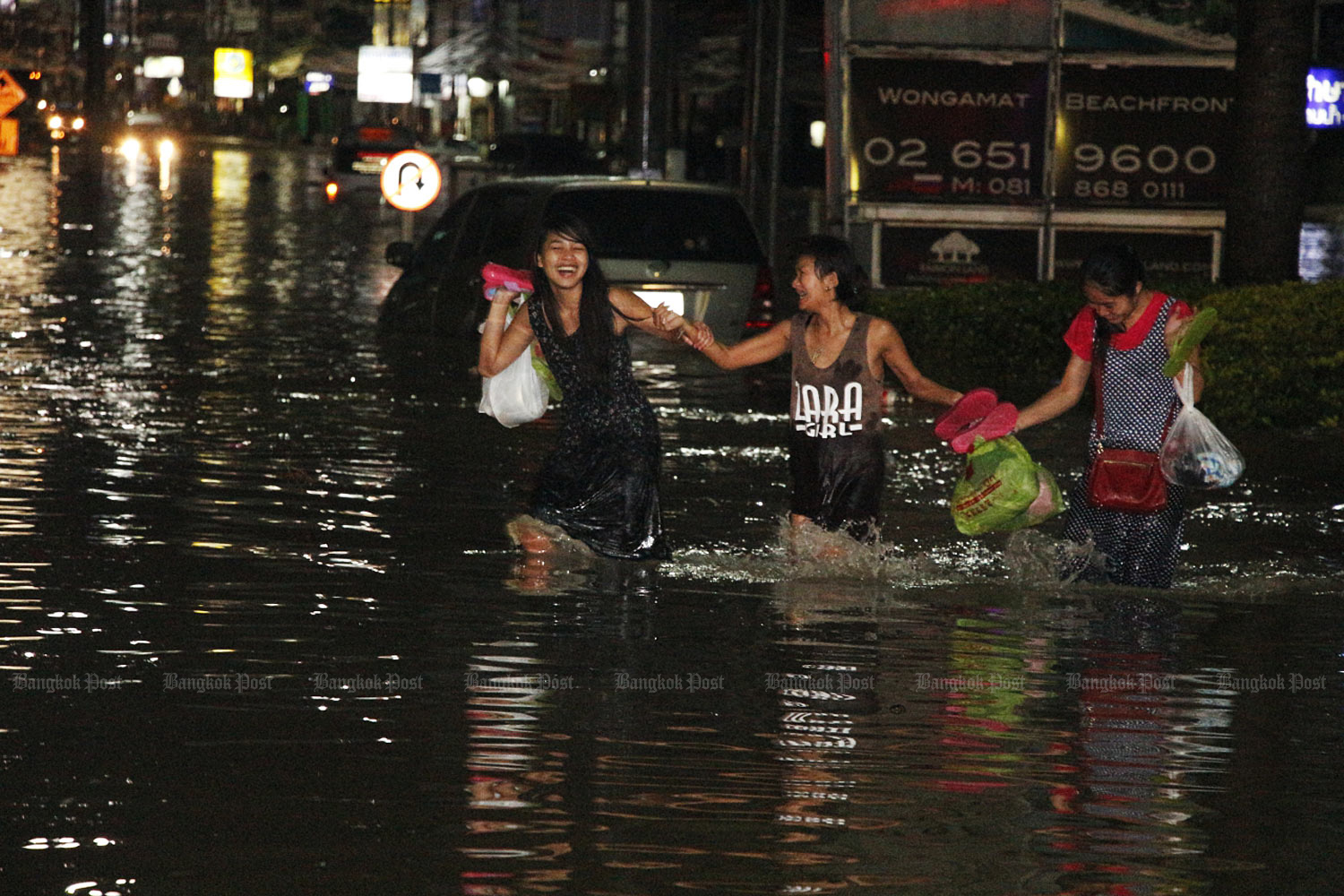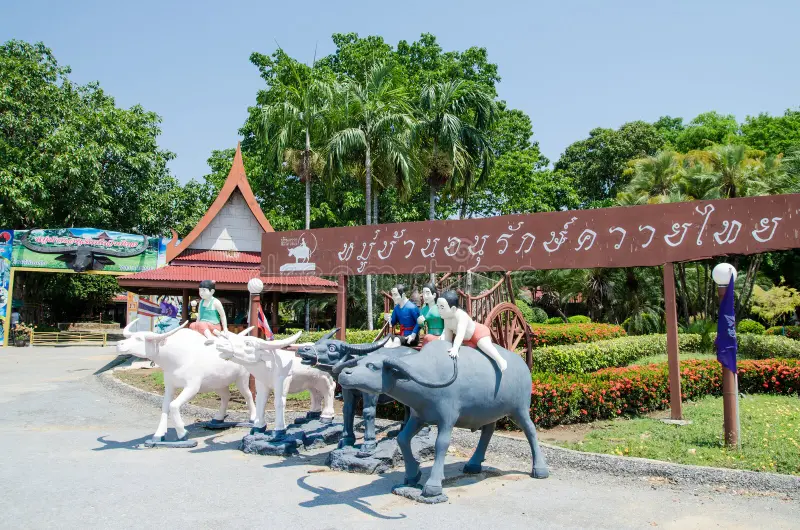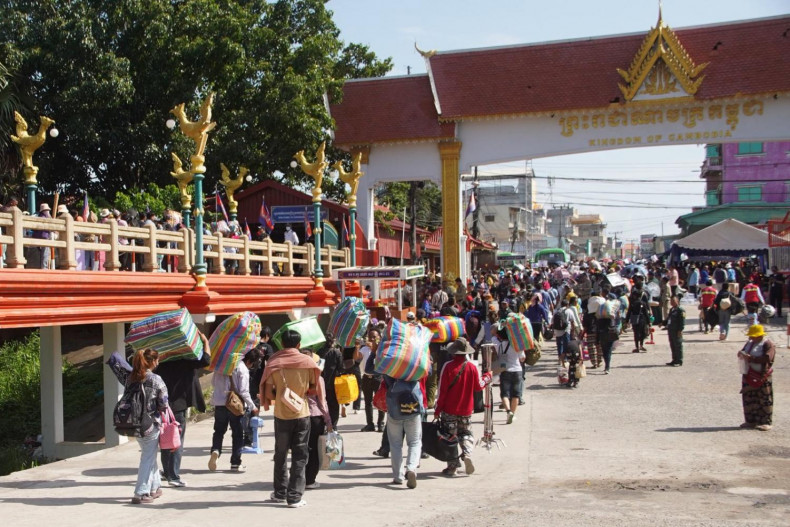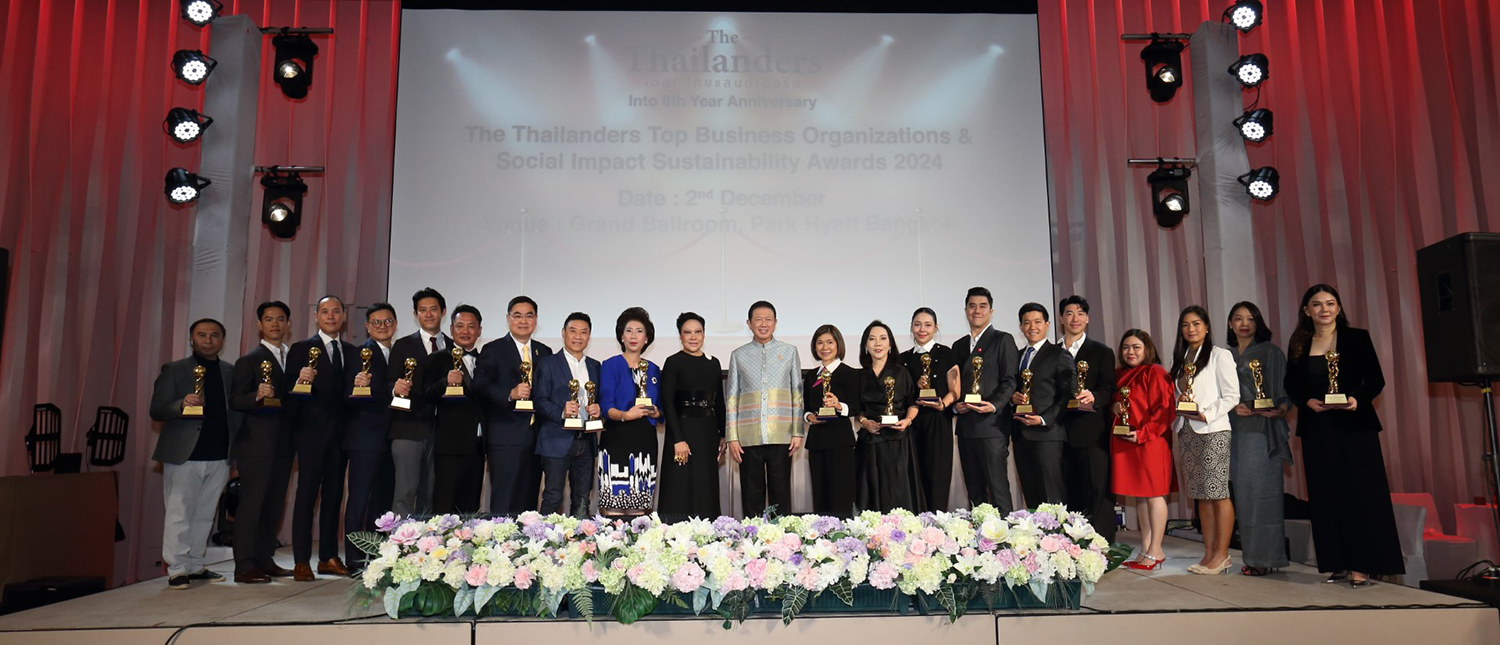Pollution Control Department Releases Beach Quality Survey
The Pollution Control Department of Thailand has unveiled a detailed report highlighting the cleanest and most polluted beaches in the country. This comprehensive survey, conducted at 210 coastal locations throughout the year, provides valuable insights into seawater quality across Thailand’s beautiful shores.
Seawater Quality Findings
According to Director-General Preeyaporn Suwanaged, the survey revealed that 49% of the surveyed locations had good seawater quality, while 43% showed moderate quality. Alarmingly, 6% were classified as having deteriorated quality, and 2% were deemed highly deteriorated. These findings emphasize the need for ongoing efforts to maintain and improve water quality for both environmental health and tourism.
The Cleanest Beaches in Thailand
Top Locations for Swimming and Relaxation
The survey identified ten beaches with the cleanest seawater, all located in Southern Thailand, particularly in Krabi province. The top-ranked beach is Samila Beach in Songkhla province, known for its pristine waters and stunning scenery. Following closely are:
- Nai Harn Beach, Phuket
- Ton Sai Beach, Krabi
- Maya Beach, Krabi
- Lo Samah Bay, Krabi
- Koh Yung, Krabi
- Koh Kai, Krabi
- Thai Mueang Beach, Phangnga
- Bang Ben Beach, Ranong
- Ban Thung Rin Beach, Satun
These locations are celebrated for their clear waters and are ideal for swimming, sunbathing, and enjoying the natural beauty of Thailand.
The Most Polluted Beaches in Thailand
Identifying Areas of Concern
In stark contrast to the clean beaches, the report also highlighted the top five locations with highly polluted seawater, many of which are situated in Samut Prakan province. The most polluted areas include:
- Chao Phraya River Estuary, Samut Prakan
- Sea near Bleach and Dye Factories, Samut Prakan
- 12 Thanwa Canal Estuary, Samut Prakan
- Laem Chabang, Chon Buri
- Tha Chin River Estuary, Samut Sakhon
These areas are characterized by significant pollution levels, primarily due to industrial discharge and urban runoff.
Factors Contributing to Pollution
Common Causes of Seawater Deterioration
Director-General Preeyaporn Suwanaged noted that the discharge of nutrients and bacteria into the sea is a primary factor contributing to pollution along Thailand’s coasts. This issue highlights the need for improved waste management practices and environmental regulations to protect these vital ecosystems.
Historical Context of Seawater Quality
Over the past decade, approximately 90% of Thai coastal waters have been classified as having moderate to high quality. Notably, cleaner seawater has been consistently found along the Andaman Sea coast, while more polluted conditions are prevalent in the inner Gulf of Thailand.
Protecting Thailand’s Coastal Beauty
The findings from the Pollution Control Department serve as a crucial reminder of both the beauty and fragility of Thailand’s coastal environments. As tourism continues to thrive in these regions, it is essential for both authorities and visitors to prioritize environmental protection efforts to ensure that these stunning beaches remain clean and safe for future generations.
